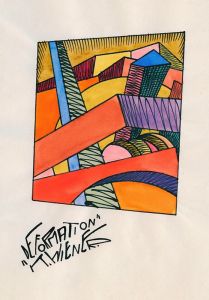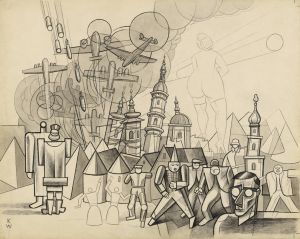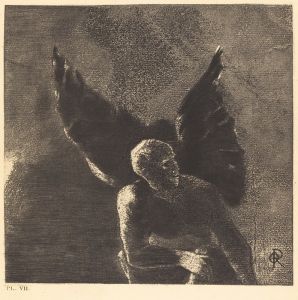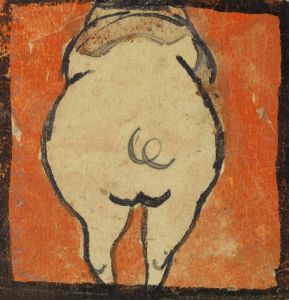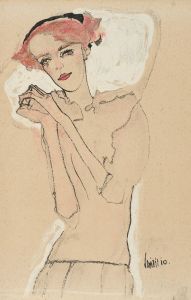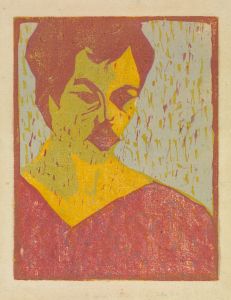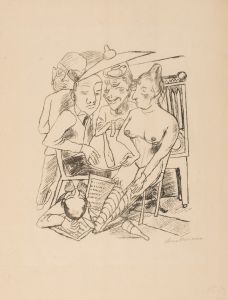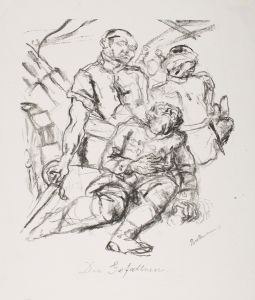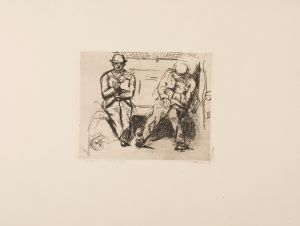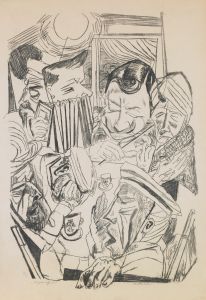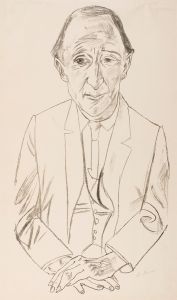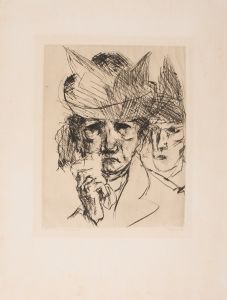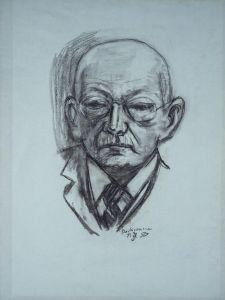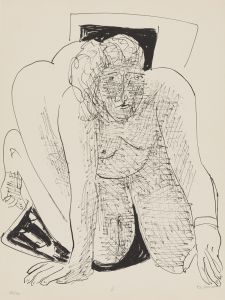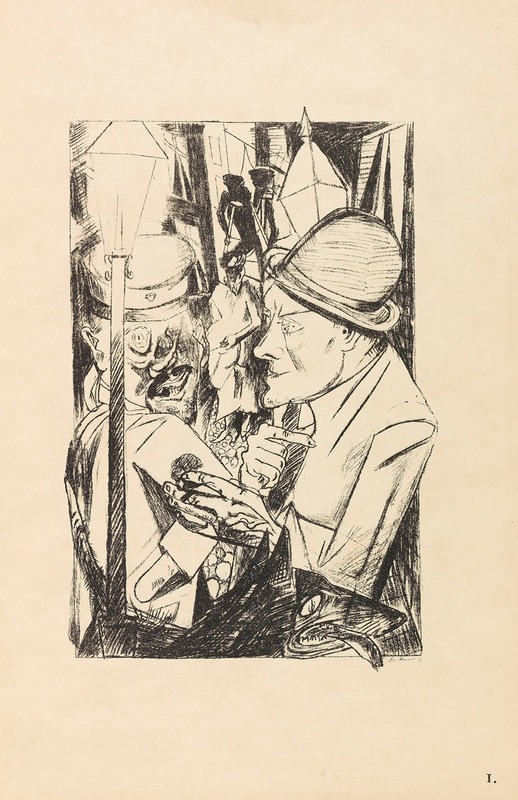
Die Hölle
A hand-painted replica of Max Beckmann’s masterpiece Die Hölle, meticulously crafted by professional artists to capture the true essence of the original. Each piece is created with museum-quality canvas and rare mineral pigments, carefully painted by experienced artists with delicate brushstrokes and rich, layered colors to perfectly recreate the texture of the original artwork. Unlike machine-printed reproductions, this hand-painted version brings the painting to life, infused with the artist’s emotions and skill in every stroke. Whether for personal collection or home decoration, it instantly elevates the artistic atmosphere of any space.
Max Beckmann, a prominent German painter, is known for his expressive and often complex works that reflect the tumultuous times he lived through. One of his notable paintings is "Die Hölle" (translated as "The Hell"), which is a part of his larger oeuvre that delves into themes of human suffering, societal chaos, and existential reflection. However, it is important to note that there is no specific painting titled "Die Hölle" by Max Beckmann that is widely recognized or documented in major art historical sources. Beckmann's works often explore similar themes, so it is possible that the title might refer to a thematic interpretation rather than a specific, standalone piece.
Max Beckmann was born on February 12, 1884, in Leipzig, Germany. He became a leading figure in the New Objectivity movement, which emerged in the Weimar Republic during the 1920s as a reaction against the emotional intensity of Expressionism. Beckmann's art is characterized by its bold forms, dramatic compositions, and a focus on the human condition, often reflecting the social and political upheavals of his time.
Throughout his career, Beckmann's work was deeply influenced by the events of World War I and World War II. He served as a medical orderly during the First World War, an experience that profoundly affected him and his art. The horrors and traumas of war are recurring themes in his paintings, often depicted through distorted figures and chaotic scenes.
Beckmann's style evolved over the years, moving from a more traditional approach to a distinctive, modernist style that combined elements of Expressionism and Symbolism. His paintings frequently feature allegorical and mythological references, as well as a rich use of color and form to convey emotional depth and complexity.
In the 1930s, Beckmann's work was labeled as "degenerate art" by the Nazi regime, leading to his dismissal from his teaching position at the Städelschule in Frankfurt and the removal of his works from German museums. In 1937, he fled to Amsterdam, where he continued to paint in relative isolation until the end of World War II. In 1947, Beckmann emigrated to the United States, where he taught at Washington University in St. Louis and later at the Brooklyn Museum Art School in New York.
Beckmann's legacy is marked by his ability to capture the existential struggles of the 20th century through his art. His works are housed in major museums around the world, including the Museum of Modern Art in New York, the Tate Modern in London, and the Städel Museum in Frankfurt.
While "Die Hölle" as a specific painting by Max Beckmann does not have a well-documented presence in art historical records, the themes associated with such a title are consistent with Beckmann's broader body of work. His paintings often explore the darker aspects of human experience, making his art a powerful commentary on the human condition and the societal challenges of his time.





